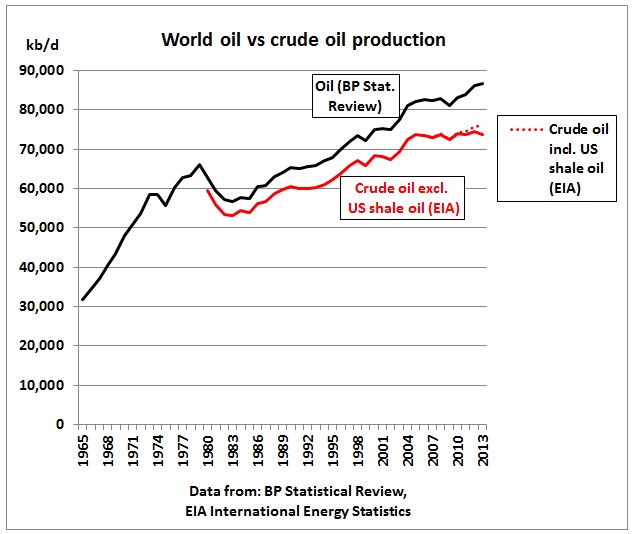
Greater investment in infrastructure is needed to ensure that rising NGL production in the US can reach international markets. Without it, a glut will form, placing downward pressure on prices and eroding the economics of shale gas drilling.
This was the message conveyed at a breakfast presentation hosted by ICF International Inc. on June 25 in Houston.
The NGL industry in the US is very robust and is expected to stay that way for years to come with a caveat of risk, said Greg Hopper, vice-president, ICF International.
An unprecedented spread between oil and natural gas prices in the US has made NGL more valuable than dry gas, Hopper said. As a result, shale gas drilling in the US and Canada is predominantly focused on liquids-rich areas—notably the Marcellus and Utica shales.
Data from Baker Hughes Inc. show that drilling in dry gas shale plays, like the Barnett and Haynesville, has dropped off sharply in recent years due to weak US gas prices.
Hopper said NGL production is propping up the economics of shale gas production. However, there is uncertainty surrounding how the county’s growing supply of NGL will connect to markets. “The good news is we have lots of supply,” the bad news is right now we need more infrastructure, Hopper said.
The two biggest components of NGL are propane and ethane, Hopper said. An export market is already in place for US propane. US Energy Information Administration data show propane exports doubled in the last 2 years, rising from 151,000 b/d in March 2012 to 333,000 b/d in March 2014.
Conversely, the US lacks the infrastructure to export ethane, and the supply of ethane is increasing faster than US demand.
Peter Fasullo, Envantage Inc., estimates that US ethane extraction capacity increased 69% since 2006 to 1.23 million b/d, and he projects it will reach 2.2 million b/d by 2020. However, in Appalachia, home to the Marcellus shale, 87% of the ethane capable of being recovered was being rejected as of January due to transportation constraints (OGJ, June 2, 2014, p. 82).
Rejected volumes are forced to remain in the pipeline. But, Hopper said, the volume of rejected ethane is approaching the limit that the pipeline system can accept. “The question is what to do with the ethane,” he said.
Export capacity is needed to connect ethane to international markets. Otherwise, Hopper said, supplies will back up into the US market and cause prices to fall, eroding the profitability of shale gas projects. In that event, higher dry gas prices would be needed to sustain high levels of wet gas production.
Clearing liquids out of the US market “will be critical,” he said.
Contact Rachael Seeley at rachaels@ogjonline.com.










 Bucharest, Romania: Environmental activists protest fracking. | (BOGDAN CRISTEL/Reuters/Corbis)
Bucharest, Romania: Environmental activists protest fracking. | (BOGDAN CRISTEL/Reuters/Corbis)

